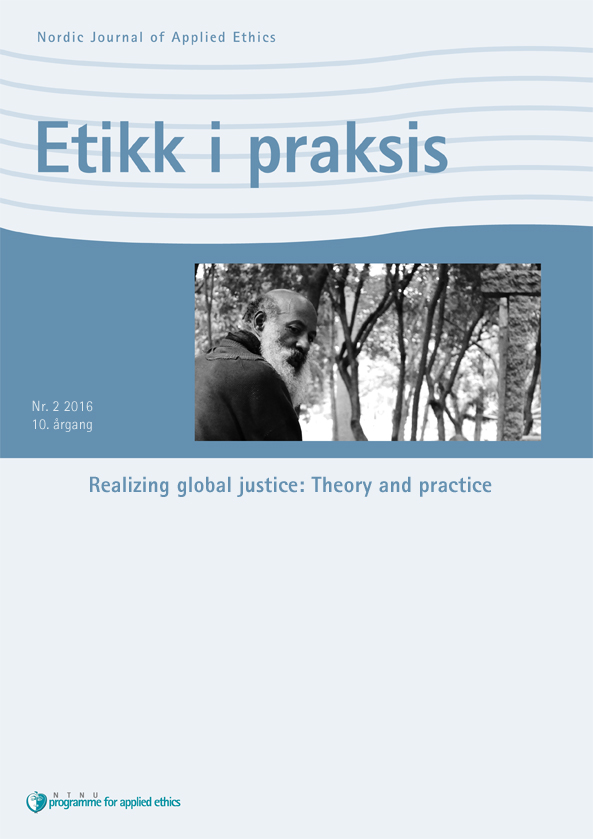Lives rendered invisible: Bearing witness to human suffering
DOI:
https://doi.org/10.5324/eip.v10i2.1919Emneord (Nøkkelord):
ethics of representation, images of atrocities, social responsibility, political obligations, perception.Sammendrag
This paper explores the ethical challenges involved in the ways public representation structures our experiences of atrocities and facilitates an adequate awareness of and response towards the suffering of others. It points out that such an analysis should not exhaust itself in answering what makes public representations of human suffering ethically suspicious and intolerable, but should rather extend this task by clarifying how the public forms sentiments about their social and political reality by elucidating under which conditions public representation promotes broader political agendas. One of the central tenets of human rights advocacy is the widespread conviction that exposure to images and stories of human rights abuse has a mobilizing effect on western audience(s) whose exposure to such knowledge can motivate them to intervene and prevent future atrocities. In order to assess the basic implications of such a conviction we must answer at least three principal clusters of questions. First, how do public representations of atrocities affect individuals and their capacities to conceive and respond to social injustices and the suffering of others? Under what circumstances may agents respond effectively to shocking content? Second, how do social powers operate within the field of perception in order to control how the viewing public is affected? And how do these effects inform and galvanize political support or opposition regarding concrete historical events? Finally, what can be said about the responsibilities of visual representation? Whose agency is it that images inform, and what reforms are necessary to make representations of suffering ethically effective means to encourage better acknowledgment of individual and collective responsibilities that would motivate the public to meet its moral and political obligations? This paper ultimately suggests that in order for politically implicated images to have an immediate critical effect on individuals and their agency, they need to cultivate alternative modes of perception.
Article first published online: 21 DEC 2015


